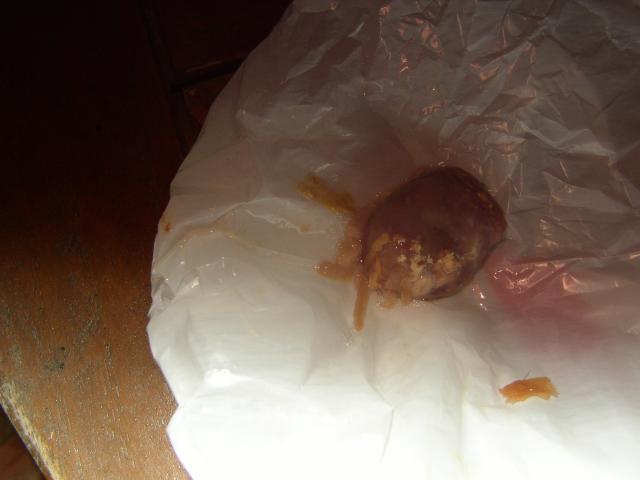crazy huhn
Songster
- May 24, 2008
- 816
- 17
- 221
I have a 3 yr old hen who has not layed eggs for a few month now. At the beginning of the year she laid some huge eggs, bigger than before last winter. I thought that was normal, because egg size increases after laying cycle one.
Also I thought because of her age she might have slowed down laying or was taking another unusual break. A couple month ago I noticed a light prolapse which went away by itself. Today I noticed diarrhea and while I gave her a warm bath of her rear end I found a big prolapse, golf ball size and carefully I picked some broken egg shell out of her vent. So I cleaned everything up and put some hemoroid cream on and around it and pushed everything back in place. She lives in my hospital dog crate now with electrolyte/ACV water. I gave her layer crumble, scratch and yoghurt plus hard boiled egg yolk. Any other advices?
Is she actually an internal layer and I just found some broken shell today? I am so clue less.
Also I thought because of her age she might have slowed down laying or was taking another unusual break. A couple month ago I noticed a light prolapse which went away by itself. Today I noticed diarrhea and while I gave her a warm bath of her rear end I found a big prolapse, golf ball size and carefully I picked some broken egg shell out of her vent. So I cleaned everything up and put some hemoroid cream on and around it and pushed everything back in place. She lives in my hospital dog crate now with electrolyte/ACV water. I gave her layer crumble, scratch and yoghurt plus hard boiled egg yolk. Any other advices?
Is she actually an internal layer and I just found some broken shell today? I am so clue less.
Last edited:


